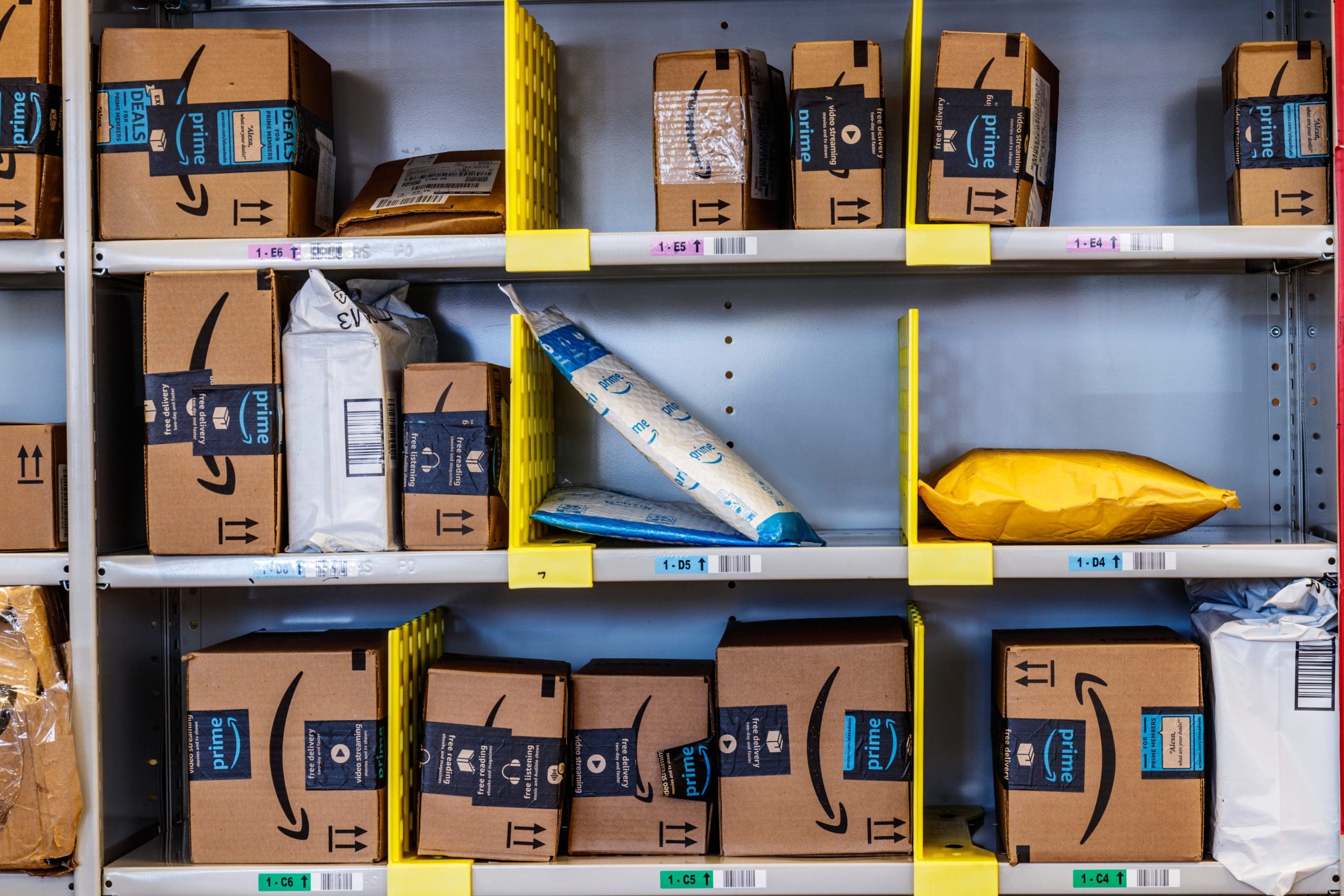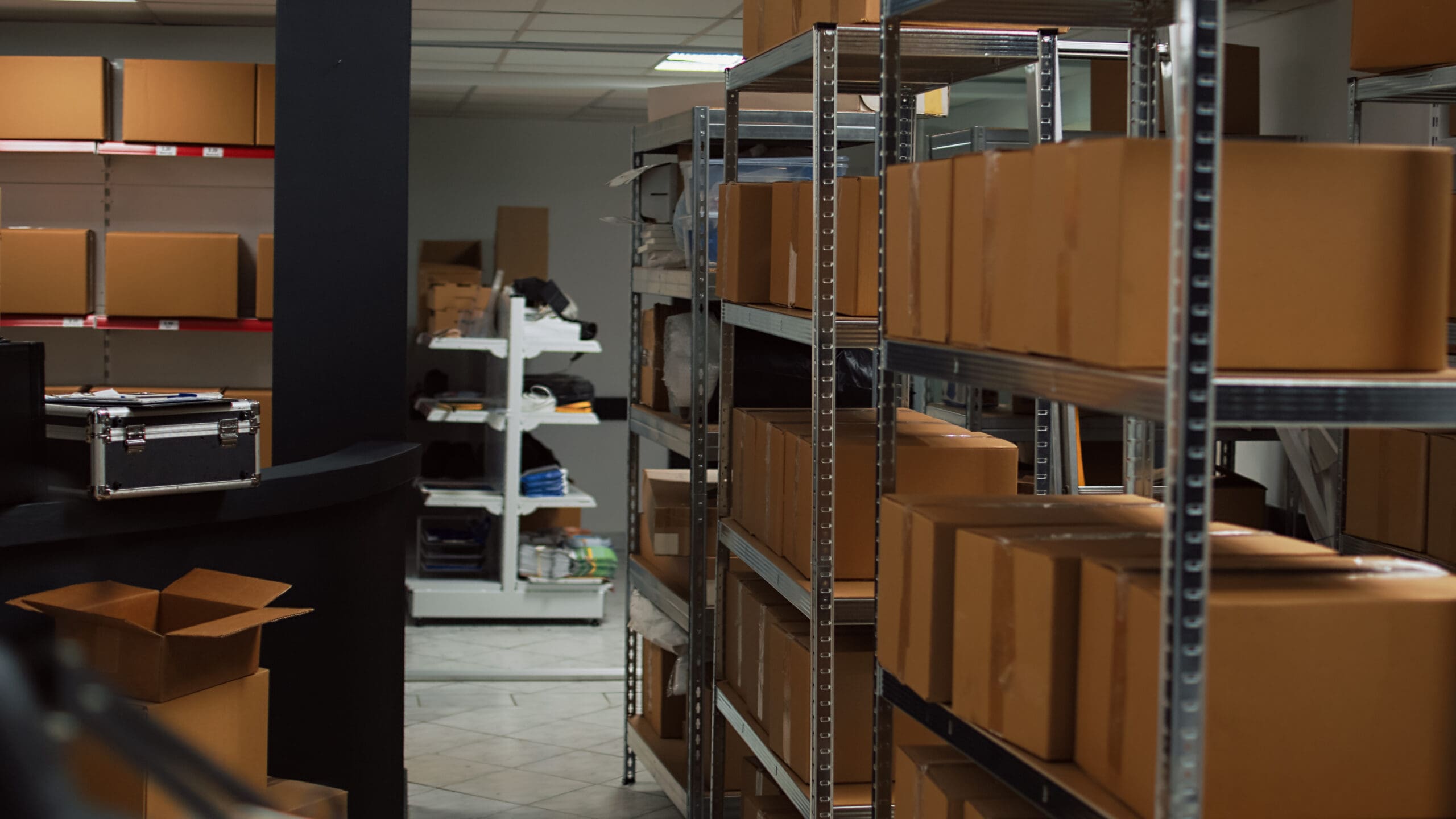One of the most important aspects of running a business is proper cash management. Without it, businesses wouldn’t be able to provide their cover services or secure enough inventory to meet customer demand. Poor cash management can even lead to debt and, in the worst-case scenario, business failure.
In the digital era, businesses have been given plenty of innovative ways to address their cash flow issues. From online loans to crowdfunding, businesses can now pick and choose which type of financial solution best meets their current funding requirements. In this article, we will discuss the ins and outs of crowdfunding as well as how it can help finance a business’s inventory needs.
What is Crowdfunding?
Put simply, businesses use crowdfunding by tapping into a “crowd” of people and asking them to donate small amounts of money in order to reach a specific monetary goal. This type of financing option is often used by small to medium-sized businesses and nonprofit organizations to finance a new business venture, expand a brand’s product line, or raise money for a charitable cause. Crowdfunding has effectively changed the fundraising landscape for startups – allowing them to raise the cash that they need while also generating public interest in their business idea.
Hosting a crowdfunding campaign involves a lot of work. You have to make sure that you have an appealing business plan, the drive to succeed and grow, and a marketable product that people can easily support. If you’re planning to conduct a crowdfunding campaign, make sure to put in the time and effort to learn what makes crowdfunding campaigns successful. Remember, there are thousands – if not millions – of active crowdfunding campaigns at a time. How will you set your brand apart?
What are the Different Types of Crowdfunding?
Due to its convenience and ease of use, crowdfunding has become a popular method for businesses to raise cash in a short amount of time. However, that doesn’t mean it’s easy. As with other business decisions, you have to make sure that the type of crowdfunding campaign aligns with your current financial requirements and, ultimately, your business model. Fortunately, crowdfunding has developed offshoots that cater to what businesses need and what they can offer in return. Let’s talk about donation, rewards, and equity crowdfunding.
Donation-Based Crowdfunding
Donation-based crowdfunding involves investors freely donating money to a charitable cause without expecting anything back. This type of crowdfunding campaign is more commonly used by charities and other nonprofit organizations.
Rewards-Based Crowdfunding
As the name implies, rewards-based crowdfunding means investors having the expectation of receiving an incentive or a “reward” for their monetary donation. Rewards-based crowdfunding is a great way for startups to raise money if they have already exhausted every effort to acquire traditional small business loans.
Equity-Based Crowdfunding
Similar to rewards-based crowdfunding, equity-based crowdfunding involves businesses offering a stake in their company in exchange for an investment. Unlike other crowdfunding models, equity-based crowdfunding does not have a debt component. Instead, investors are given partial ownership of a company and stand to make a profit from their investment if the company grows.
But what if you’re only trying to raise capital to be able to purchase additional inventory and meet consumer demand? The good news is that crowdfunding has evolved to support specific causes such as social and environmental projects, women and minority-owned businesses, as well as a platform that solely offers equity crowdfunding campaigns for startups. If you’re trying to raise money for your inventory, one funding platform that focuses on inventory funding is Kickfurther.
What Is Inventory Crowdfunding? How Does Inventory Crowdfunding Work?
But first, what exactly is inventory crowdfunding? Inventory crowdfunding means exactly how it sounds. Businesses offer various consignment opportunities to individual investors and earn a profit when the inventory is sold. Inventory crowdfunding provides another channel where startups can raise money after getting rejected by banks and credit unions. If you’d rather pay your community of supporters rather than traditional financial institutions, then inventory crowdfunding may be the right funding option for you.
How Can Kickfurther Help Your Business?
Kickfurther is the world’s first online inventory financing platform that enables companies to access funds that they are unable to acquire through traditional sources. We connect brands to a community of eager buyers who help fund the inventory on consignment and give brands the flexibility to pay that back as they receive cash from their sales. This alleviates the cash-flow pinch that lenders can cause without customized repayment schedules allowing your brand to scale quickly without impeding your ability to maintain inventory.
How Does Kickfurther Work?
- Businesses are required to prove their strong sales performance before they can initiate a Kickfurther crowdfunding campaign. Investments, as mentioned, typically come in the form of consignment opportunities. After the strict vetting process, businesses can then start a crowdfunding campaign.
- Once the monetary goal has been reached, Kickfurther buys the inventory for the businesses. Before receiving the inventory, businesses are required to specify a production time frame, a rate of return, as well as payout dates.
- After the inventory has been sold, investors earn payments.
Inventory Crowdfunding vs Traditional Loans: Which One to Use?
The great thing about inventory crowdfunding is that businesses can easily gauge the success of their crowdfunding campaign based on how much buzz they generate and their own sales performance. On the other hand, traditional loans have a time-consuming due diligence process and may come with a lot of extra costs and fees. Another downside to traditional fundraising activities is that it requires you to put a lot of time and effort to convince your target investors why you need additional funding and why they should support your cause. At the end of the day, it’s ultimately up to you to determine which type of financing option best meets your funding needs.
Are there alternatives to inventory crowdfunding?
Since we’re comparing these alternative financing options with crowdfunding, we’re going to veer away from traditional financing options that can prove to be difficult to acquire. Check out some of the easiest to obtain alternative financing options below!
- Online loans – This alternative to traditional lending usually comes in the form of unsecured loans. Generally, online loans are easier to obtain because of lower credit requirements. The downside is that payment terms are usually shorter and include a higher interest rate.
- Angel investors – An angel investor is a high-income individual who invests in a startup or a small business venture. These individuals with a significant amount of disposable income provide the necessary funding for businesses in exchange for an equity position in the company.
- Family and friends – This is probably our least favorite alternative but hey, you gotta do what you gotta do, right? Borrowing from family and friends is risky since it might affect your personal relationship with them in case you become unable to pay back what you owe. Please consider this type of financing carefully.
- Merchant cash advances – If all else fails, you can always apply for a merchant cash advance. A merchant cash advance is a financing option that involves lenders granting cash advances to businesses in exchange for an agreed-upon percentage of future debit or credit card sales.
Can You Finance Your Inventory With Crowdfunding?
If you’ve reached this part of the article, then you know that the answer is yes! Crowdfunding is a great financing option to scale your inventory needs without the binding commitment of a traditional loan. However, that doesn’t mean you don’t have to pay back what you owe! As mentioned above, businesses that use crowdfunding could either offer a reward or equity to the people that donated money to their campaign. It is also important to note that a majority of crowdfunding platforms charge a fee for hosting your crowdfunding campaign.
Key Takeaways
- Crowdfunding is when individual backers fund a new business venture, expand a brand’s product line, or raise money for a charitable cause.
- Inventory crowdfunding is a type of crowdfunding strategy that links businesses with individual investors to fund consignment opportunities and make a profit when inventory is sold.
- Kickfurther, an inventory crowdfunding platform, enables businesses to fund their inventory purchases by asking backers to donate small amounts of money to meet a funding goal. Once the funding goal is met, Kickfurther buys the inventory for the business and, when the inventory is sold, backers will receive a percentage of profits depending on the amount of inventory sold.

![The Basics of Inventory Crowdfunding [Explained] banner image](https://www.kickfurther.com/wp-content/uploads/2021/09/iStock-1178358038-scaled-1.jpg)







